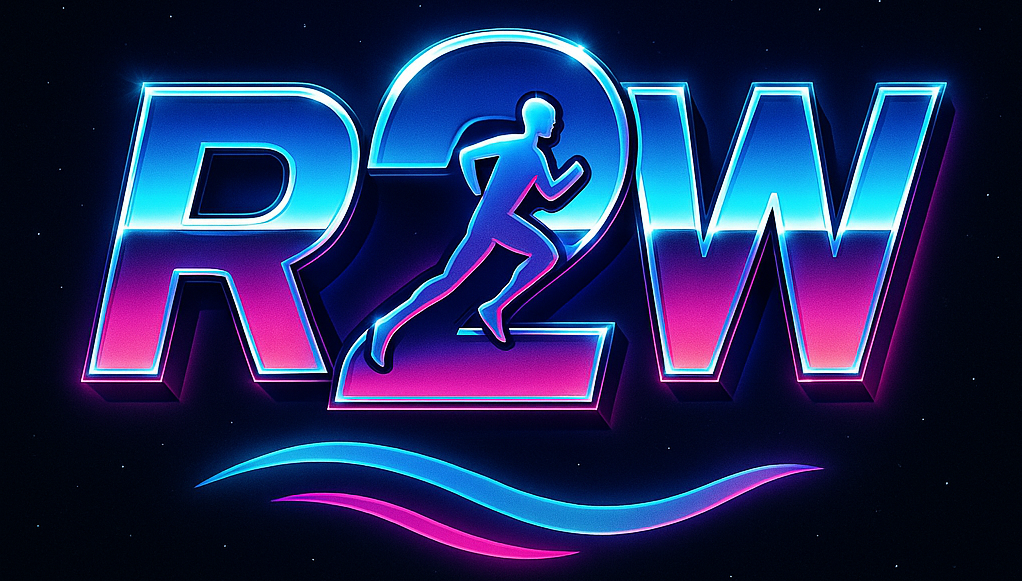
Running is an excellent way to stay fit and active, yet the correct pair of shoes is very important. I have spent a lot of time testing and researching running footwear so that you can enjoy every step. Choosing the perfect running shoe is not just about picking a color or brand; it is about balancing comfort, support, and durability for your feet. This guide is designed to help you make a confident, informed decision.
At a Glance
When you’re shopping for a running shoe, a quick overview can streamline your decision. I like to check out a few key points from a distance and then jump into the specifics. Begin by understanding your foot type and considering whether you need extra shock absorption or additional support. A well-crafted running shoe should help prevent injuries while making your runs more enjoyable.
Also, think about the surfaces you run on and your typical mileage. Are you mostly on pavement or tackling trails? Every setting has its unique demands. Even on short runs, proper cushioning and a secure fit can be the difference between a smooth jog and a troublesome experience.
The New World of Stability
Technology in running shoes has come a long way. Today’s designs emphasize stability while maintaining a lightweight feel. Manufacturers now combine firm support with a cushioned, comfortable base that naturally guides your foot without forcing an awkward motion.
Modern innovations focus on balancing cushioning with structure to reduce overpronation—a condition where the foot rolls excessively inward. Many models incorporate advanced foams and specialized shanks to create stability across diverse surfaces, helping to fend off issues like plantar fasciitis or shin splints.
This blend of technology ensures that even regular runners enjoy lasting comfort. Whether you are training for a race or simply out for a casual run, contemporary shoes offer a mix of a firm foundation paired with light, responsive cushioning.
What to Look For in a Stability Shoe
Jumping a bit deeper, here are the essential features to consider: fit, cushioning, support, and quality materials. A proper fit minimizes unwanted movement and reduces friction that can lead to blisters. Look for a shoe that snugly embraces your foot while accommodating your arch and securing the heel.
Cushioning is vital. The ideal cushioning absorbs shock and evenly distributes pressure, which becomes especially important during long runs or on hard surfaces. A smooth transition from heel strike to toe-off can help make your stride more efficient.
Support should not be overlooked. An added element under the arch or a firmer midsole can offer the extra control you may need to keep your foot properly aligned. Additionally, the materials in the upper part of the shoe should provide both breathability and a flexible yet secure fit.
Beyond the Shoe
The decision on running shoes extends beyond the shoe itself. Your footwear works in harmony with your training regime, running style, and overall lifestyle. It isn’t solely about aesthetics or price—it’s about how well the shoe integrates into your daily routine.
Consider how the shoe performs under real conditions. Some models excel in lab tests yet may fall short when facing unpredictable weather or rugged terrain. Durability and reliable traction become critical in wet or uneven environments.
Flexibility is another important aspect. While some runners focus strictly on stability for specific workouts, others need shoes versatile enough to transition effortlessly between speed sessions, longer training days, and even casual wear.
What Shoes We Included
I tested a wide range of models to bring you a curated list of options that balance stability and comfort. The selections below represent a mix of modern design, performance versatility, and true value. My picks are based on quality construction, feedback from fellow runners, and personal experience.
- Best All-Around: Asics Kayano 31 ($165)
- Runner-up All-Around: Brooks Glycerin GTS 22 ($164)
- Best Plush Stability: Puma ForeverRUN Nitro 2 ($150)
- Runner-up Plush: Diadora Nucleo 2 ($160)
- Best Responsive Support: Brooks Adrenaline GTS 24 ($140)
- Runner-up Firm Support: Topo UltraFly 5 ($140)
- Most Discreet Support: Altra Experience Form ($145)
- Best Full-Foot Support: New Balance Fresh Foam X 860 v14 ($140)
- Best for Racing: Brooks Hyperion GTS 2 ($140)
- Best for Up-Tempo Days: Saucony Tempus 2 ($160)
How We Tested
My testing process blends technical assessments with real-world experience. Each shoe was evaluated for cushioning, durability, support, and overall comfort. Initial tests such as pressure mapping helped gauge shock absorption, while on-road and trail runs revealed how each model performs under varied conditions.
Long-distance and speed sessions were key to observing material endurance and structural integrity. Input from fellow runners and coaches further enriched the evaluation, ensuring that recommendations reflect both lab data and everyday performance.
Wrapping Up
Choosing the right pair of running shoes takes time and careful research. I hope this guide has given you a well-rounded look at what to consider during your search. Every runner’s adventure is unique, and the right gear can give a boost to that experience. Enjoy your run knowing that your steps are supported by advanced, reliable footwear designed for today’s demands.
Thank you for reading, and best of luck on your journey to finding the perfect running companion. Your next run awaits, and with the right shoes, every stride will count.
